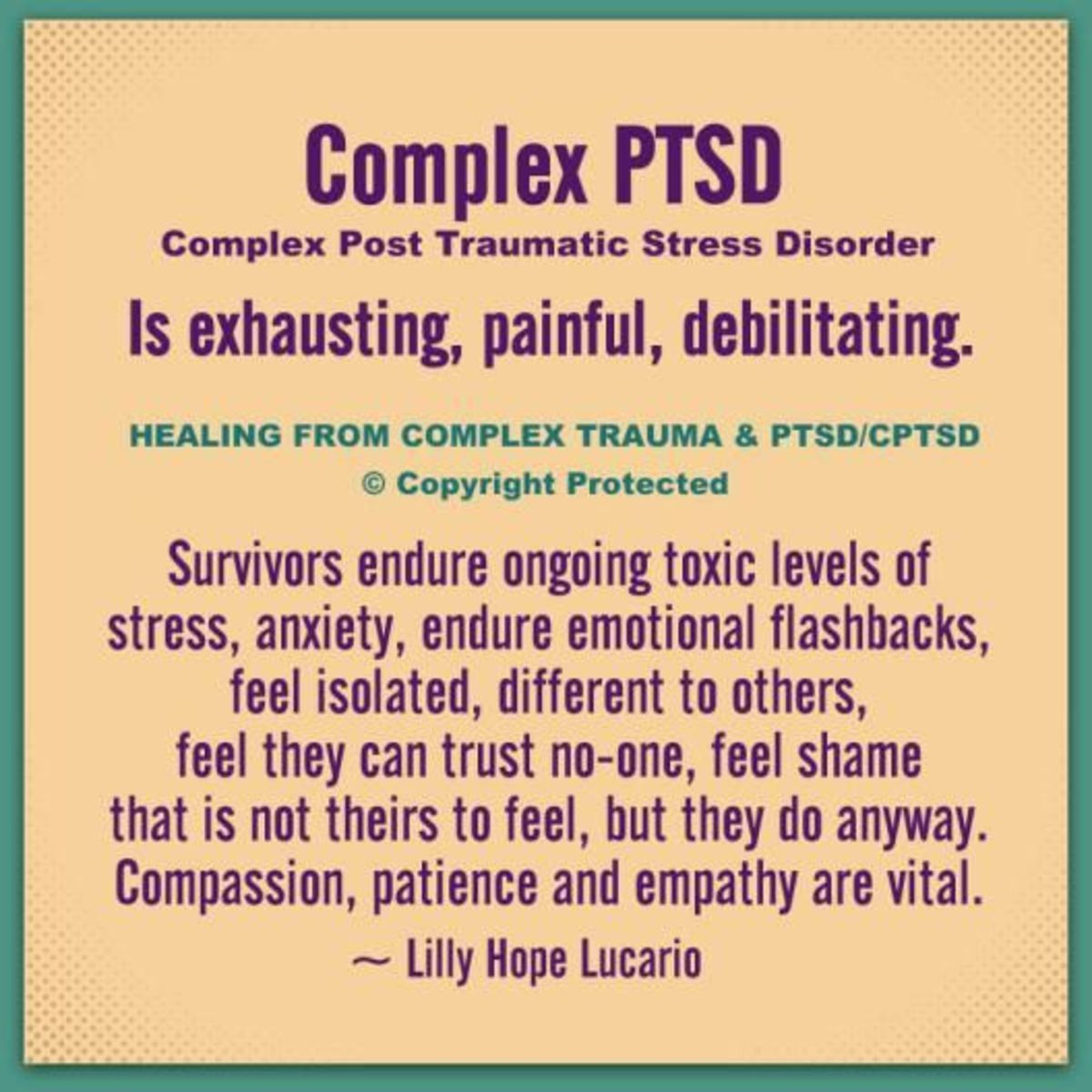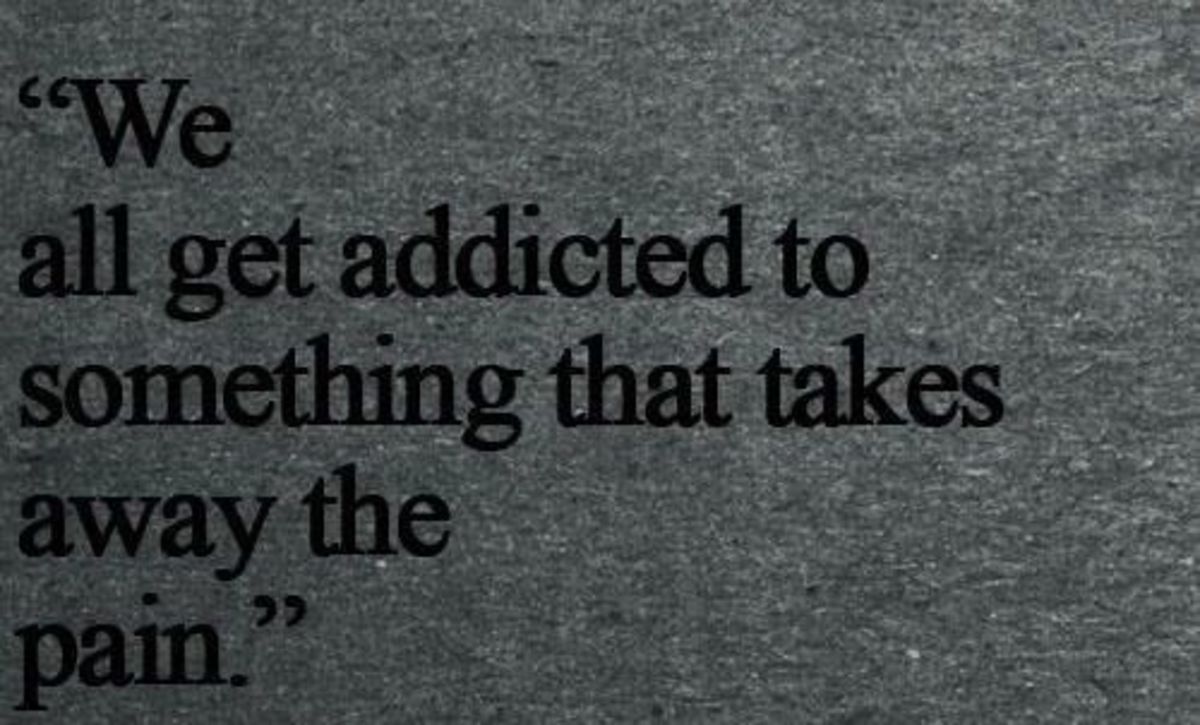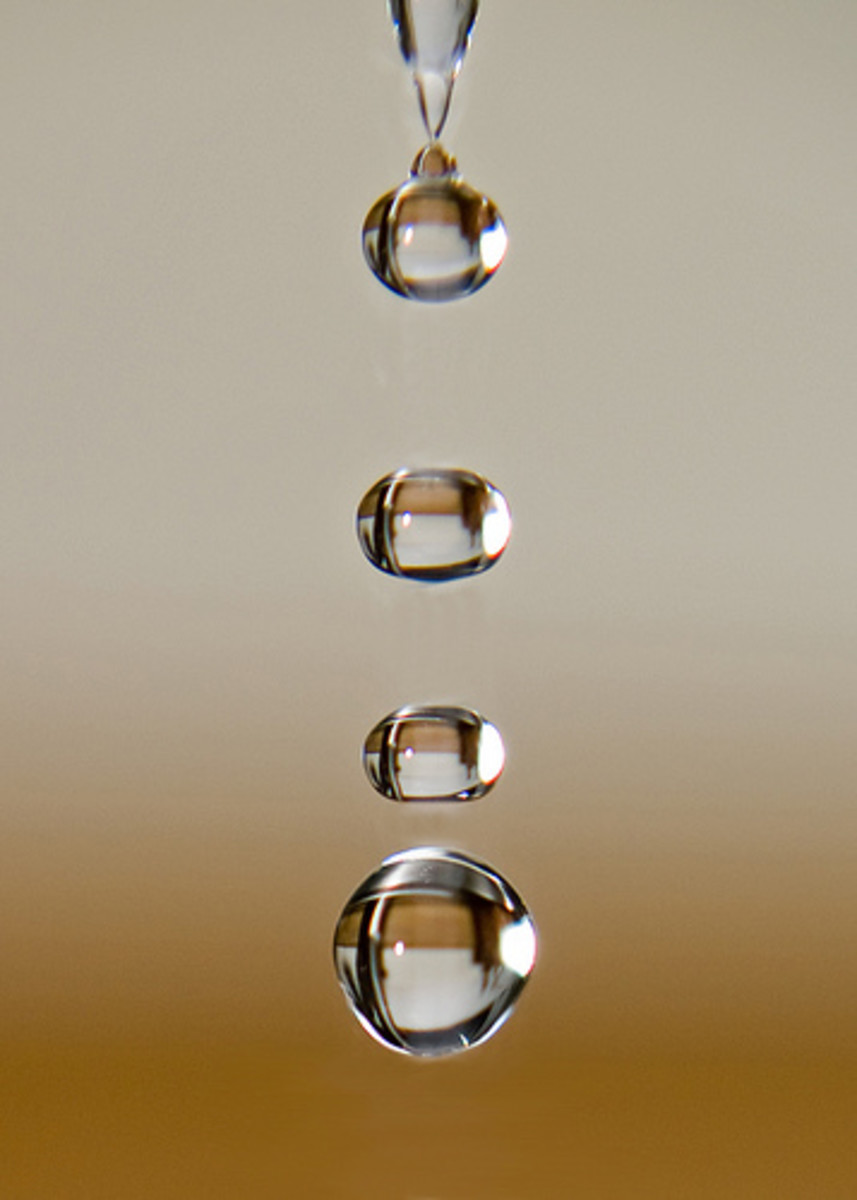Big Connection Between Trauma, Abuse, and Addiction
Addiction Replaces
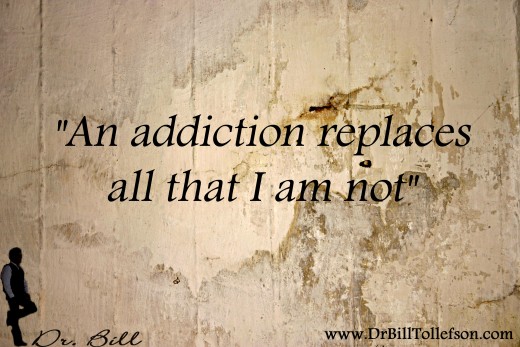
The Trauma and Addiction Connection
Is there a connection between addiction and trauma?
Many are not aware that there is a connection between the post effects of experiencing a traumatic/abuse life event and addictions? Research has discovered that the answer is yes there is a relationship. Clinical studies showed it is a strong connection between addiction and the symptoms of Posttraumatic Stress Disorder or PTSD because both are a byproduct of trauma. Clinical research studies have proven that there is a clear cause and effect connection between the two.
Both Trauma and Addiction Professionals have Ignored the Connection
Professionals ignored the trauma and addiction connection. The connection went unnoticed for many decades because of the following two reasons:
1. Initially, the field of addictions was isolated and not accepted by the helping professions (medicine, science, psychiatry, and psychology).
2. Trauma effects were not acknowledged by addiction professionals until 2005.
Over the years both the fields addictions and trauma have come into their own. The “addiction treatment system” has finally accepted that experiencing the aftereffects of trauma is a precursor to the development of an addiction.
I remember getting reports from inpatient treatment clients who transferred from an addiction program who had stated, “When I would bring up my history of abuse or trauma in an individual or group session, afterward I would be pulled away in private meeting and told not to speak about abuse or trauma while in the addiction program”.
Today the connection is more widely accepted, and addiction treatment facilities are adding trauma components to their programs as an adjunct. Facilities are recognizing both need to be addressed to achieve treatment success.
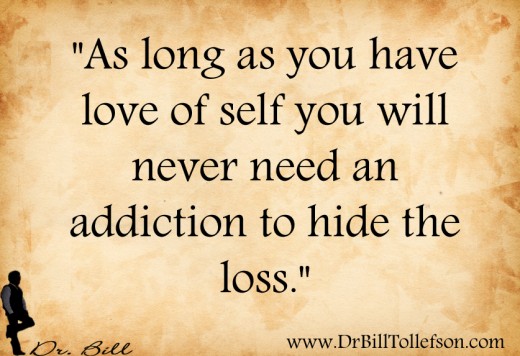
PTSD symptoms are a natural response and Addictions are used to Numb Emotions
Everyone is aware of the post effects of experiencing abusive or traumatic situations nowadays. These effects are known as Post-traumatic Stress Disorder (PTSD). PTSD is a natural aftereffect of going through life-threatening experiences. 95% of all people who face abusive, combat or traumatic events have to some degree or another PTSD symptoms. The medical and psychiatric professions classify PTSD as a mental disorder and ignore PTSD symptoms are a healthy and natural result of that type of experience.
In the central cluster of PTSD symptoms is the worse sign is reliving through flashbacks. Reliving is "re-experiencing images of the traumatic event.”
Re-experiencing of their traumatic experience is considered by survivors to be horrible because it makes them feel like the event is happening all over again. This re-experiencing or clinically known as “re-living.” Meaning the memory of the event has gotten triggered, and a portion of the memory has surfaced from their subconscious mind to conscious awareness. This portion of a memory that breaks off and surfaces is called a “flashback.” A flashback is a very frightening experience. The survivor feels as though he or she is experiencing the situation all over again and has lost control.
So in an attempt to control, and to suppress the flashback and its effects, a survivor turns to something that will either eliminate the images, negative thoughts associated or numb out the extreme pain surfacing into consciousness. Survivors will do whatever it takes to stop the flashback even to the point of endangering his or her life or acquire an addiction that will assist out defeating the horrible images. Survivors will take illegal or legal substances (pain medication, alcohol, anxiety medication), participate in unhealthy behaviors (not eating or overeating, self-harm, self-sabotage, and excessive exercise), engage in repetitive distracting thoughts and get involved in destructive relationships.
How does this happen?
Well, ask yourself the following questions?
If out of nowhere, you began to experience disturbing images in your mind, thoughts or emotions and you take a drink of alcohol, and they diminish, then will you take another sip?
If you are feeling unexplained painful emotions and you use a substance like cocaine and the pain goes away; would you use that substance again to “kill” the pain?
If you heard scary noises that you know are not happening in the here and now, and that you know were only occurring in your head and you took a substance or did a behavior or focused on thought and the noises went away, would you then do it again?
The answer to all three questions is a resounding - yes. That is human nature to seek relief from post pain of abusive and traumatic situations.
So from the individual’s point of view with a history of abusive or traumatic experiences that began experiencing PTSD symptoms afterward, the pain was real and overwhelming, causing him or her to seek immediate relief. So when the decision to use a substance is the best solution, unfortunately, a bond is established.
Over time a relationship forms. The connection grows with every episode of use and control remains in the hands of the individual.
Regrettably, the once the joy of the relationship with the addictive pattern is only a fleeting. At some point the addiction gains control, reverse tolerance occurs, and the relationship becomes toxic. A false sense of security grows as well.
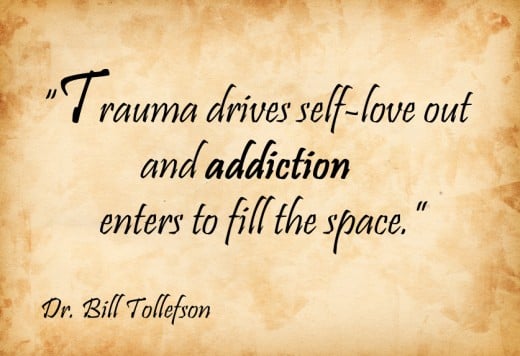
In Addition to Everything Else, the Trauma Eventually Robs a Survivor's Self-love
Experiencing a life-threatening event of abuse or trauma causes another reaction that enhances the relationship between trauma and addiction. Trauma robs a survivor of many things but a significant human ability is stolen, and that is self-love. Once self-love evaporates then confidence, self-worth and esteem evaporate right behind. At that point, self-love is replaced by the sensation of emptiness and a strong need to fill the space.
This emptiness feels like there is a hole in the chest. No one does well with feeling empty and abandon by self. A survivor who carries a strong self-resentment continually seeks validation from the outside and ignore himself or herself. That is where addiction steps in and creates a false sense of fullness and becomes the substitute for self-love. Successfully filling the emptiness falsely presents a sensation of full. As long as he or she continues to use, the empty feeling stays away. The thought is “better to have a bad relationship with something outside of me than being left with someone I do not like.”
The survivor continues to invest in the relationship with the addiction. The need for the bond grows stronger even if toxic conditions set in. For a trauma survivor, it is easier to focus on the symptoms (addition) than having to face the cause of the emptiness. Ignoring the cause (trauma) can make the signs (addiction) worse or just treating the "symptoms" can make the "cause" more intense.
Summary
Addictions can be the direct result of attempting to stop or control the surfacing mental, emotional and physical post unprocessed emotions of past traumatic experiences. Based on this viewpoint, the traumatic event is the cause, and the addiction is the symptom. The addictive pattern is used to attempt to cover the surfacing pain, extreme fear, and the ensuing confusion.
Traditional modes of treatment such as AA or NA, though very successful and add a tremendous amount of support, are only treating the symptoms and therefore the root goes ignored and not mentioned. Participants in such meetings are not allowed to face or even talked about abuse or trauma he or she experienced and caused them to begin to use in the first place. AA or NA ignored the root.
Therefore to increase the chance of longer and more successful sobriety, the helping professions should address both the addiction and PTSD symptoms of abuse and trauma.
With a holistic approach rather than a segregated approach helps to achieve a significant degree of success and decreases rates of relapse.
© 2011 Bill Tollefson



